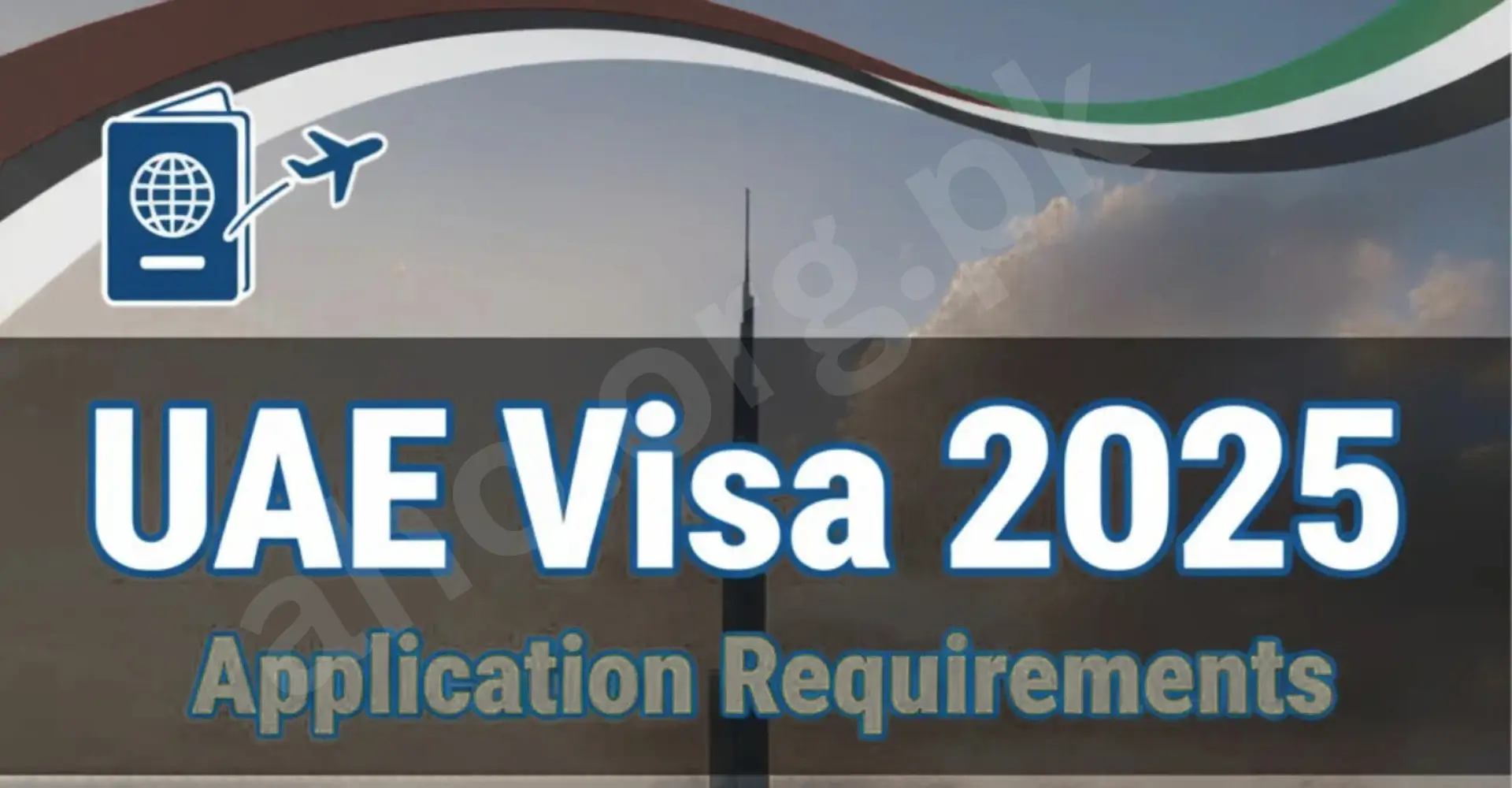Japan to Raise Visa Fees for Foreign Visitors in 2026. The Japanese government has announced plans to raise visa issuance fees for foreign visitors starting in fiscal 2026, marking the first increase since 1978. This change aims to bring Japan’s visa costs closer to those charged by countries such as the United States and United Kingdom, and to fund efforts to combat overtourism in major destinations like Kyoto, Tokyo, and Osaka.
The decision comes after Japan recorded a historic surge in tourism, reaching 36.87 million foreign visitors in 2024, reflecting the country’s growing global popularity.
Japan First Visa Fee Hike in Nearly Five Decades
Japan’s visa fee structure has remained unchanged since data collection began in 1978. Compared to other advanced economies, Japan’s visa fees are significantly lower.
The Ministry of Foreign Affairs (MOFA) confirmed that the new rates will come into effect in fiscal year 2026, starting April 1, 2026. The exact amount of the increase is expected to be announced later this year as part of the government’s broader economic package.
| Visa Type | Current Fee (JPY) | Approx. USD | New Fee (Expected 2026) |
|---|---|---|---|
| Single-entry Visa | ¥3,000 | $19.50 | To be announced |
| Double-entry Visa | ¥6,000 | $39 | To be announced |
| Multiple-entry Visa | ¥6,000 | $39 | To be announced |
Even with the increase, Japan’s visa fees will likely remain lower than the U.S. and U.K., where single-entry visas cost $185 and £127 ($167), respectively.
Why Japan Is Raising Visa Fees
The Japanese government is introducing this fee hike primarily to address three major issues:
1. Combating Overtourism
Overtourism has become a serious problem in Japan. Popular destinations like Kyoto’s Gion district, Mount Fuji, and Tokyo’s Shibuya Crossing experience extreme crowding during peak seasons.
The government plans to allocate part of the additional visa fee revenue to manage overcrowding, preserve cultural sites, and promote sustainable tourism.
2. Funding Environmental and Infrastructure Projects
Tourism-related waste management, public transport, and infrastructure upgrades have strained local budgets. The fee increase will help support environmental conservation and infrastructure development in affected regions.
3. Aligning with Global Standards
Japan’s current visa fees are among the lowest globally. The new pricing aims to align Japan’s system with international norms, ensuring fairness while maintaining accessibility for visitors.
Japan’s Record Tourism Growth
Japan’s tourism recovery has been remarkable since reopening after the pandemic. In 2024, Japan welcomed a record 36.87 million foreign visitors, surpassing its pre-pandemic peak.
| Year | Total Foreign Visitors (Millions) | Major Source Countries |
|---|---|---|
| 2019 | 31.9 | China, South Korea, Taiwan |
| 2022 | 10.0 | South Korea, USA, Singapore |
| 2023 | 25.1 | South Korea, Taiwan, Hong Kong |
| 2024 | 36.87 | China, USA, Philippines, Thailand |
The increase has boosted Japan’s economy but has also raised challenges related to crowd control, transport congestion, and local community disruptions.
How the Fee Hike Will Affect Travelers
1. Slight Increase in Travel Costs
The visa fee increase will make applying for a Japanese visa slightly more expensive. However, compared to overall travel costs like airfare and accommodation, the change is relatively small.
2. More Sustainable Tourism Experience
The additional funds will be used to improve visitor experiences — from better infrastructure to crowd management in tourist-heavy areas.
3. Potential for New Visa Categories
Analysts expect Japan may also introduce special tourist visas for long-term stays or digital nomads, as part of broader tourism reforms.
Japan’s Economic Strategy and Tourism Policy
The upcoming economic package (expected to be finalized by late November 2025) will officially include the visa fee increase and allocate funding for regional revitalization and environmental protection.
Japan aims to balance economic growth from tourism with sustainability goals by:
- Promoting off-peak travel seasons.
- Encouraging visits to rural and less crowded areas.
- Introducing eco-friendly initiatives in national parks and heritage sites.
Officials from Japan’s Ministry of Land, Infrastructure, Transport and Tourism (MLIT) also stated that tourism-related reforms will focus on visitor management technologies and digital entry systems to streamline arrivals.
Comparison With Other Countries’ Visa Fees
Here’s how Japan’s current visa costs compare with other major travel destinations:
| Country | Single-entry Visa Fee | Equivalent in USD | Notes |
|---|---|---|---|
| Japan | ¥3,000 | $19.50 | Lowest among G7 nations |
| United States | $185 | $185 | Non-refundable application fee |
| United Kingdom | £127 | $167 | Standard visitor visa |
| Canada | CAD $100 | $73 | For up to 6 months stay |
| Australia | AUD $150 | $95 | eVisitor system available |
| Schengen Zone (EU) | €80 | $87 | Applies to multiple EU nations |
After the 2026 increase, Japan’s visa fee is expected to rise slightly but remain competitively priced compared to Western nations.
Japan’s Commitment to Responsible Tourism
Japan’s government has consistently emphasized that tourism should not harm local life. The visa fee increase is one of several steps designed to ensure tourism remains beneficial and sustainable.
Initiatives Include:
- Limiting access to overcrowded heritage sites like Mount Fuji’s summit trails.
- Promoting lesser-known destinations such as Tohoku and Shikoku.
- Enhancing public transport routes to spread visitor flow evenly across regions.
Officials have clarified that the fee hike is not meant to discourage tourism, but to improve quality of travel and sustainability.
Reactions from Travelers and Tourism Experts
Reactions to Japan’s decision have been mixed but generally positive:
- Travel experts believe the small increase will have minimal impact on international arrivals, given Japan’s strong tourism appeal.
- Environmental groups have welcomed the move, saying it helps address overcrowding and pollution.
- Some budget travelers, however, worry about higher total costs when combined with airfare and accommodation price increases.
Despite concerns, analysts predict Japan will continue to attract over 40 million foreign visitors annually by 2026, thanks to its cultural charm, safety, and modern infrastructure.
Conclusion
Japan’s decision to raise visa fees in 2026 marks a significant shift after nearly five decades of unchanged pricing. The move aligns Japan with global standards while generating funds to manage its booming tourism sector responsibly.
With a record number of visitors and growing global popularity, the fee adjustment is a necessary step toward sustainable tourism that balances economic growth with environmental protection.
For travelers, Japan remains one of the most affordable, safe, and welcoming destinations in the world — even with slightly higher visa costs from 2026 onward.


















